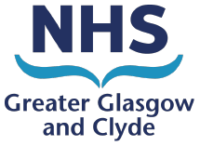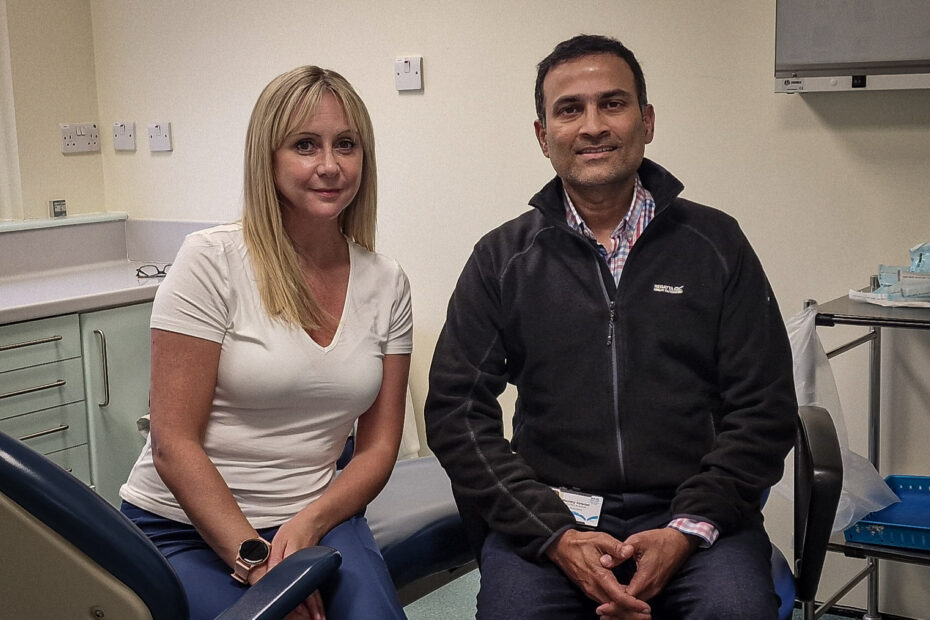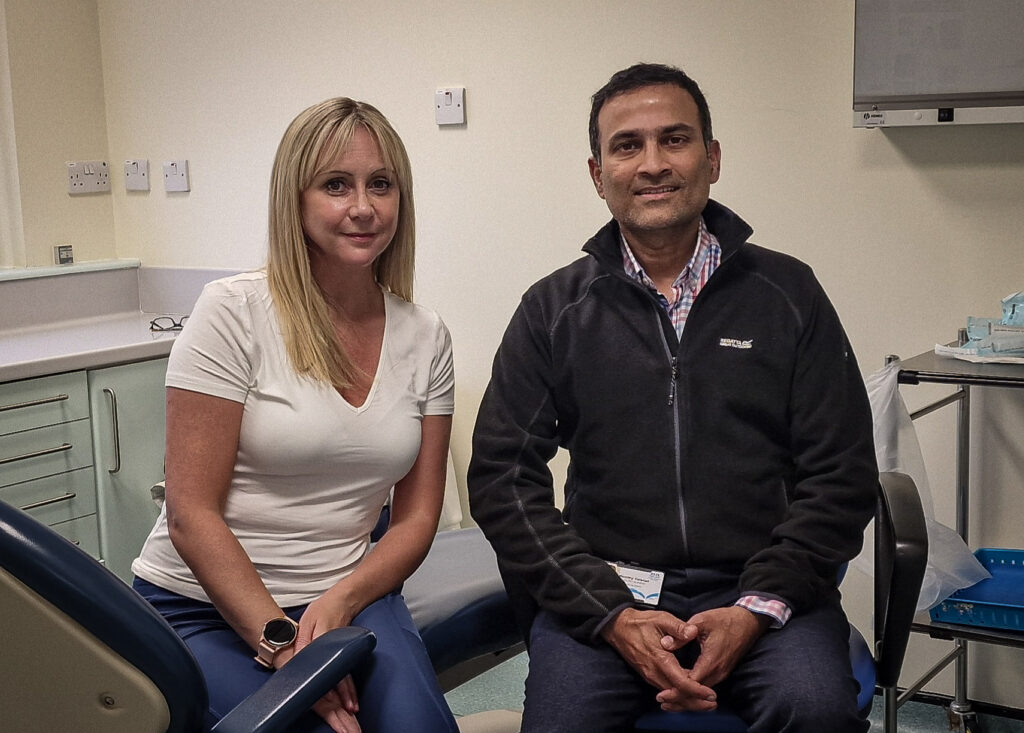
“After 25 years of not knowing who I was meant to be, I can now I look in the mirror and I’m beginning to get used to the person looking back at me.
“Moorthy and his surgical team had the courage to see the potential in me. Using his skills and knowledge, he stripped me back and built me up again from scratch.
“How can I ever repay him for that?”
Mum-of-three Alana Brownie, 39, from Sauchen in Aberdeenshire, is one of only a handful of people across Scotland who grew up suffering from idiopathic condylar resorption.
It’s a condition that affects almost exclusively girls and women, which stops the lower jaw from growing and maturing, causing issues with eating, sleeping and breathing. It can be caused by arthritis, or by serious jaw trauma in childhood.
While the physical problems can often be fixed, the fact that people with this condition are left with the lower jaw of a child can devastate their lives. It can affect confidence and leave them with serious anxiety.
And earlier this year, Mr Moorthy Halsnad, Consultant Maxillofacial and Craniofacial Surgeon at NHS Greater Glasgow and Clyde, performed a 13-hour operation to fix it … and give Alana her life back.
Alana’s issues began at the age of 10, when she had an accident on her bike. She had some facial injuries that were not well understood at the time. It is suspected that she may have had injury to her jaw joints during this event.
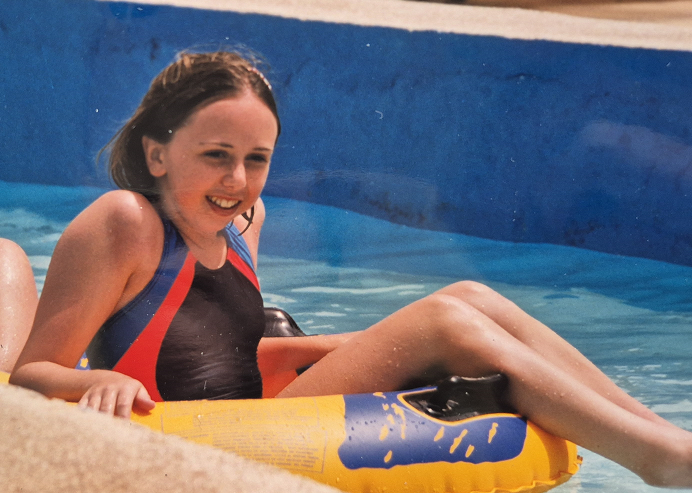
When she was 12 and started to grow, her mum noticed something wasn’t right.
“I thought it was mumps at first,” said mum Patty Brownie. “But after going to the orthodontist, and then to a specialist, we found out. Her lower jaw wasn’t growing. The accident had damaged the growing plate, and her jaw was stuck in the size and shape of a child’s.”
As she got older, Alana was in constant pain, unable to sleep properly, and crippled by anxiety.
“It was awful growing up,” she said. “I didn’t know what I was meant to look like. Who I was meant to be.”
Mr Halsnad is the only surgeon in Scotland capable of the complex combined surgery required that involves double joint replacements and to address the deformity that gives a patient like Alana the face she should have had.
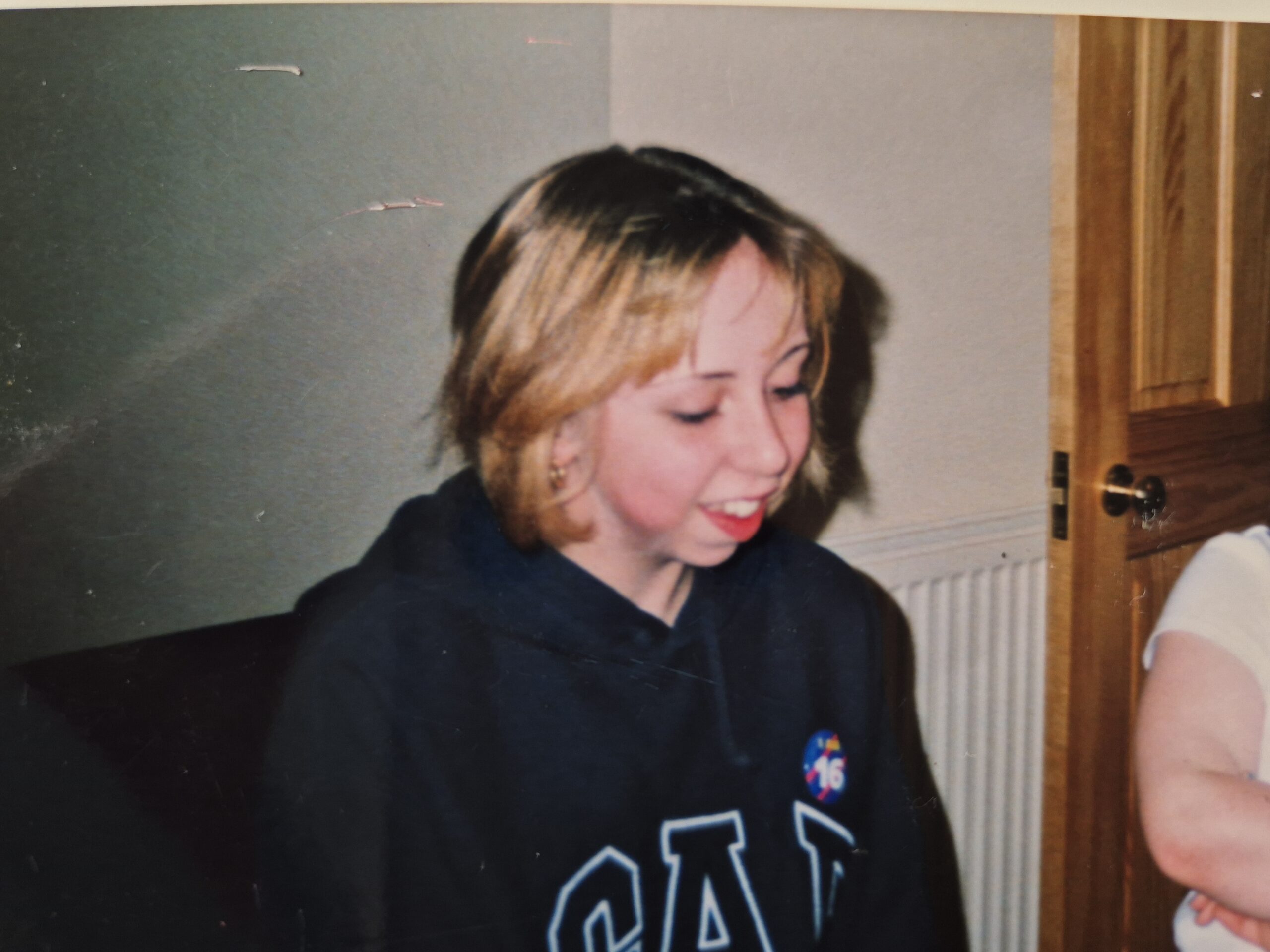
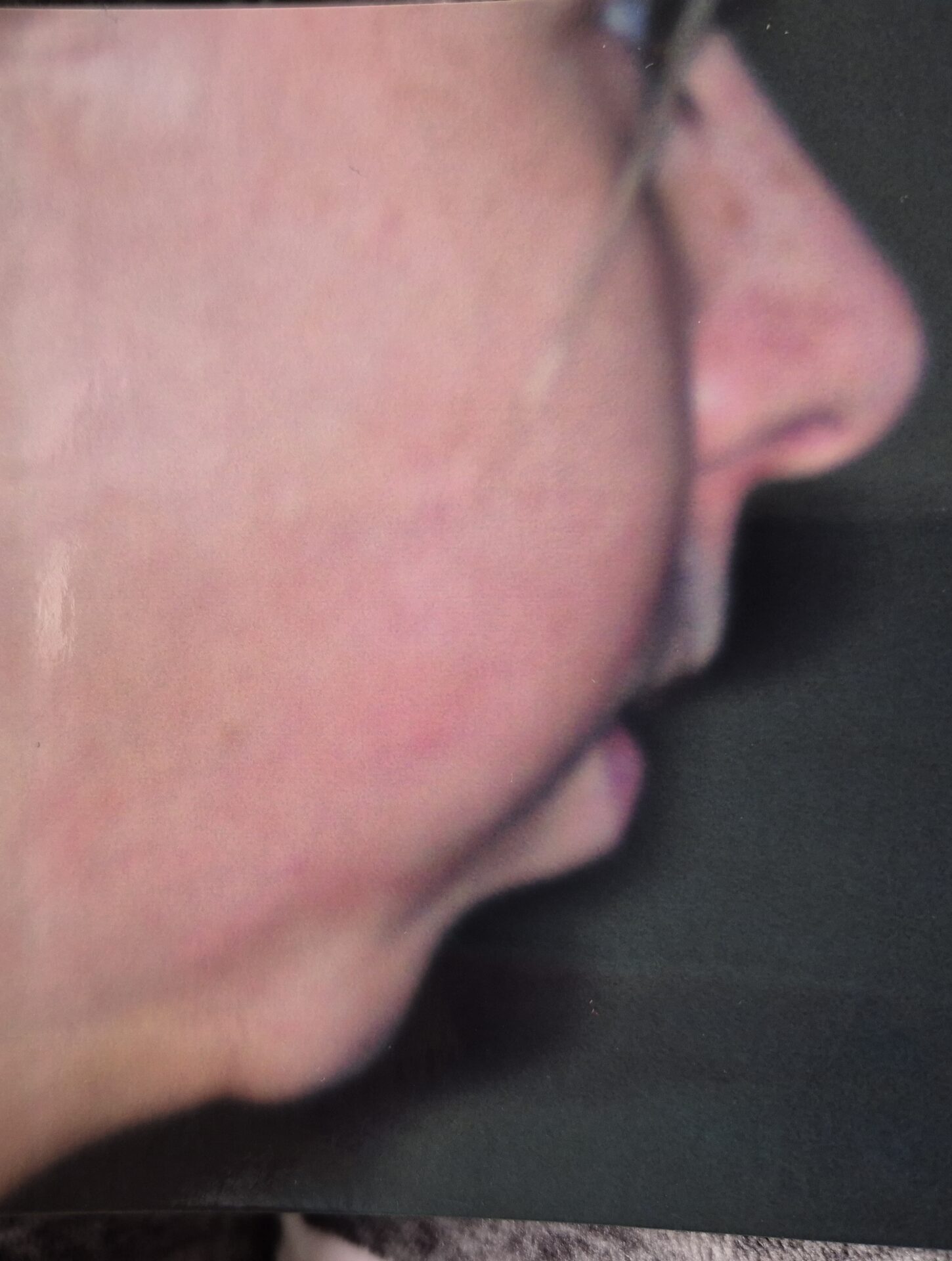

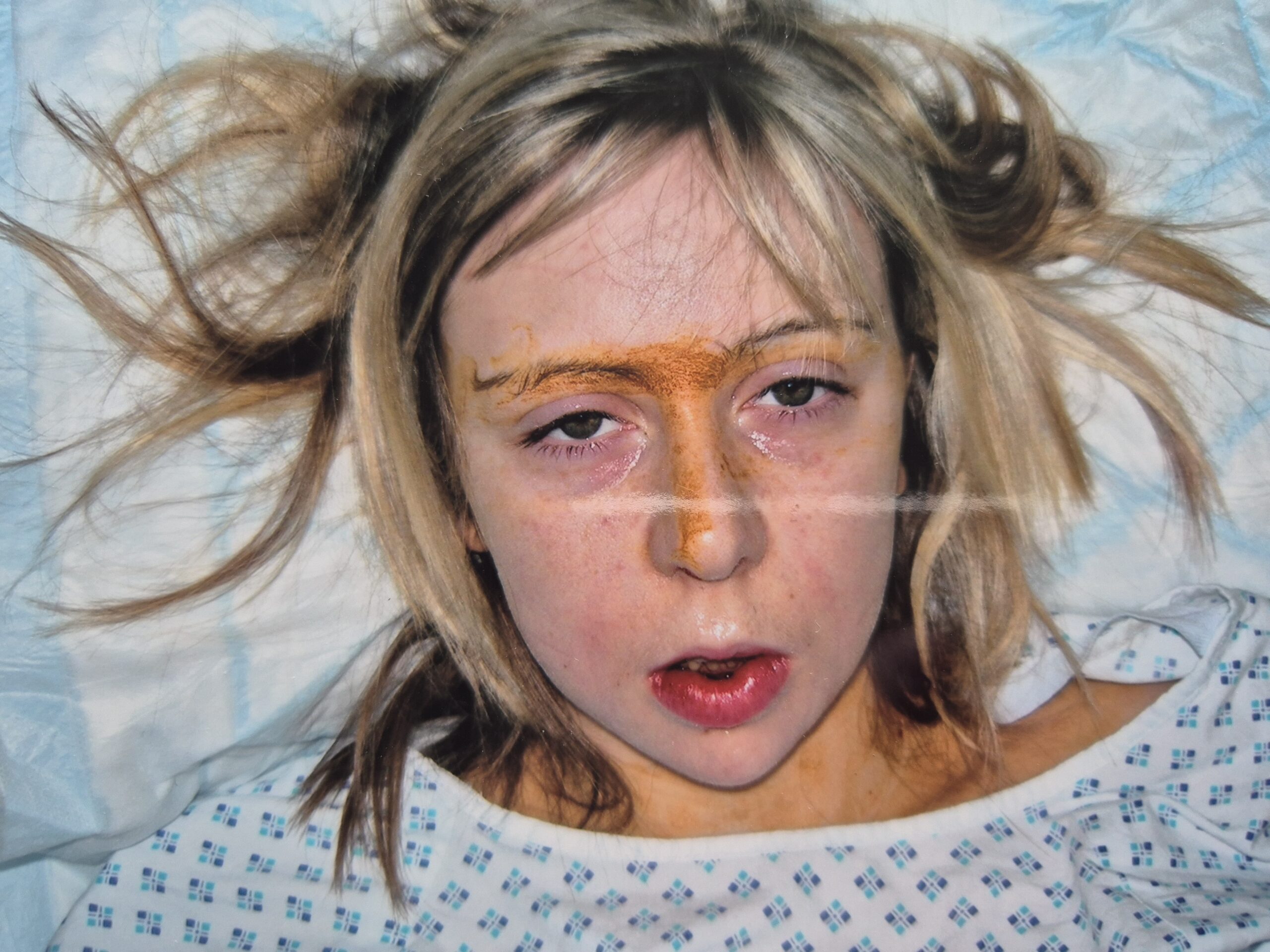
Often, patients who have a condition similar to Alana’s and have been through early surgery are discouraged from having more operations, including joint replacements, and are not routinely referred on to a specialist.
“In the United Kingdom, very few surgeons are willing to take on the complex surgery required to sort problems like Alana’s presentation,” said Mr Halsnad.
And in February, after significant preparatory work that involved 3D technology and custom-fabricating new jaw joints, he performed the procedure on Alana.
He said: “In Alana’s case, we needed to fit double artificial jaw joints. That’s the foundation on which rest of her upper and lower jaw bones rest.
“Because of previous operations it was a long and difficult surgery to remove all the metal fixtures that were mostly buried inside her facial bones.
“Once that was complete we carried out her double jaw repositions, then finally we revised her chin bone position giving her a more normal adult profile.”
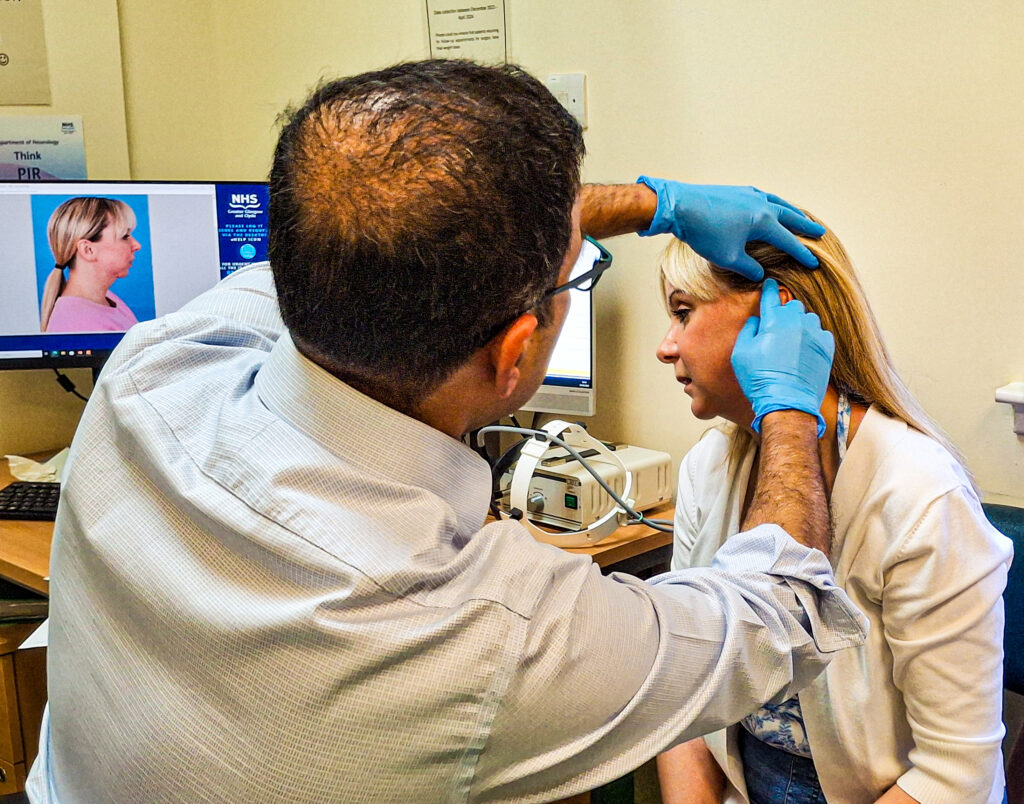
He went on: “After the surgery, Alana recovered well and was discharged home just 36 hours after her operation. This is testament to the fantastic teamwork of anaesthetics, theatre and ward staff who I have the privilege of working with at QEUH.
“I am feeling confident that Alana can now look in the mirror and see who she was meant to be.”
Most of the patients with this condition are in their early to mid-20s when they present as needing surgery.
It’s more commonly caused by a condition called juvenile idiopathic arthritis (JIA), and it’s often diagnosed during childhood – sometimes when the patients are only toddlers.
In puberty, the jaw grows as the shape of our faces change from child to adult, but in this group of patients that doesn’t happen, so when they’re in their twenties their facial profile continues to remain with that of a child.
In many cases, the jaw joint problem tends to get resolved, so physically there is no longer an issue with pain, but without facial profile correction the psychological issues often don’t go away.
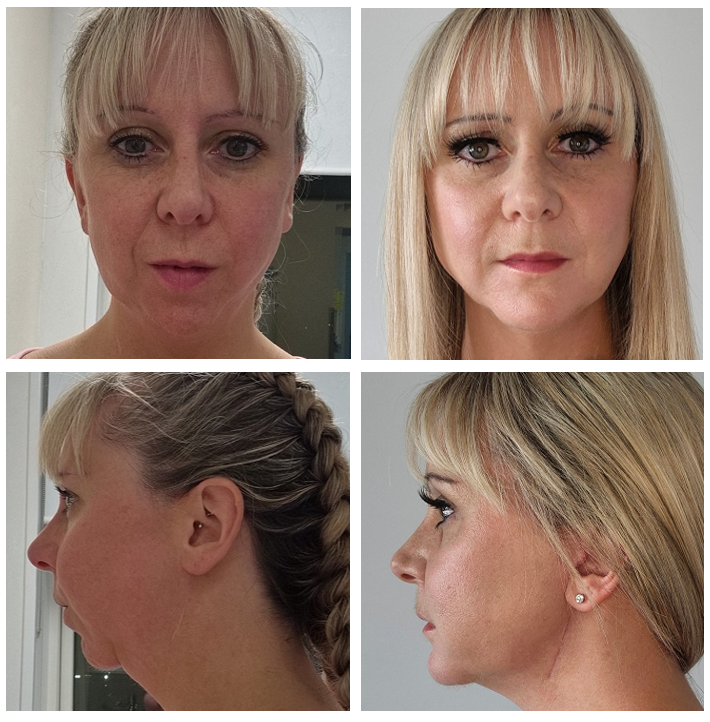
In Alana’s case, that meant serious issues with confidence.
“It affected my self-esteem, and it took its toll on my relationships,” she said.
“When you’ve gone through decades of not knowing what you’re meant to look like, when you can’t breathe at night and you’re struggling physically a lot.
“When you’re constantly hiding behind long hair, avoiding mirrors and standing at the back for photos. It takes a toll.”
But Alana is now eight weeks into her recovery – and she is daring to hope about the future.
“Don’t get me wrong – this has been one hell of a rollercoaster. I always thought of myself as a tough cookie, and with my previous surgeries I thought I knew what I was in for. But this has been extremely hard – physically and mentally.
“The pain has gone now and, while I’m still having some issues, I’m feeling more like myself.
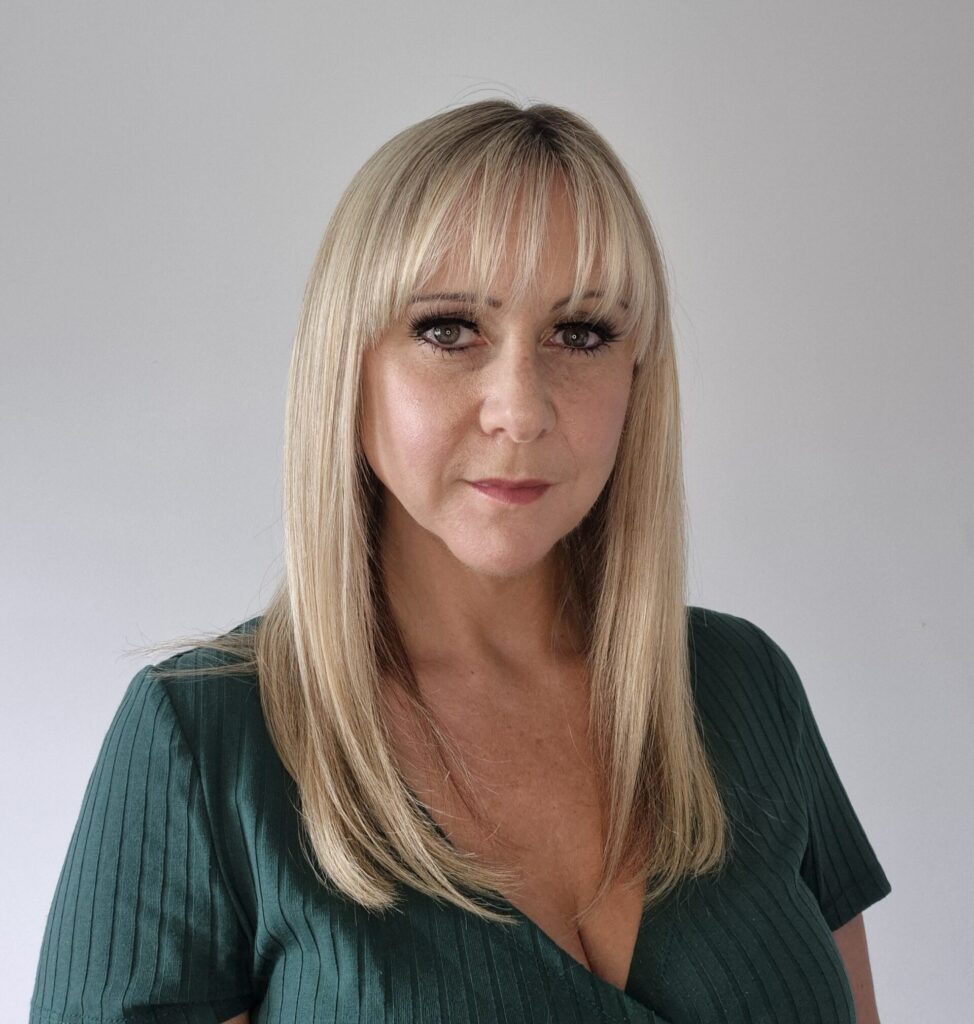
“I’m still on a soft food diet, and I’ve been dreaming of a big juicy steak or a burger, but there are no words I can physically say or write to thank Moorthy and his team for fixing me – something I can never repay him for and I truly thank him from the bottom of my heart.”
Alana’s mum Patty summed it up perfectly.
“Since she was young I’ve not known what my daughter should really look like. After every surgery I’ve built my hopes up, but watching Alana struggling, desperate just to find out who she is, is heart-breaking.
“I’d hoped she wouldn’t go through with this surgery, just to spare her more pain, but she’s a determined young woman and I’m so proud of her for never giving up.
“If Moorthy has achieved what others haven’t managed to, we will forever be in his debt.”
